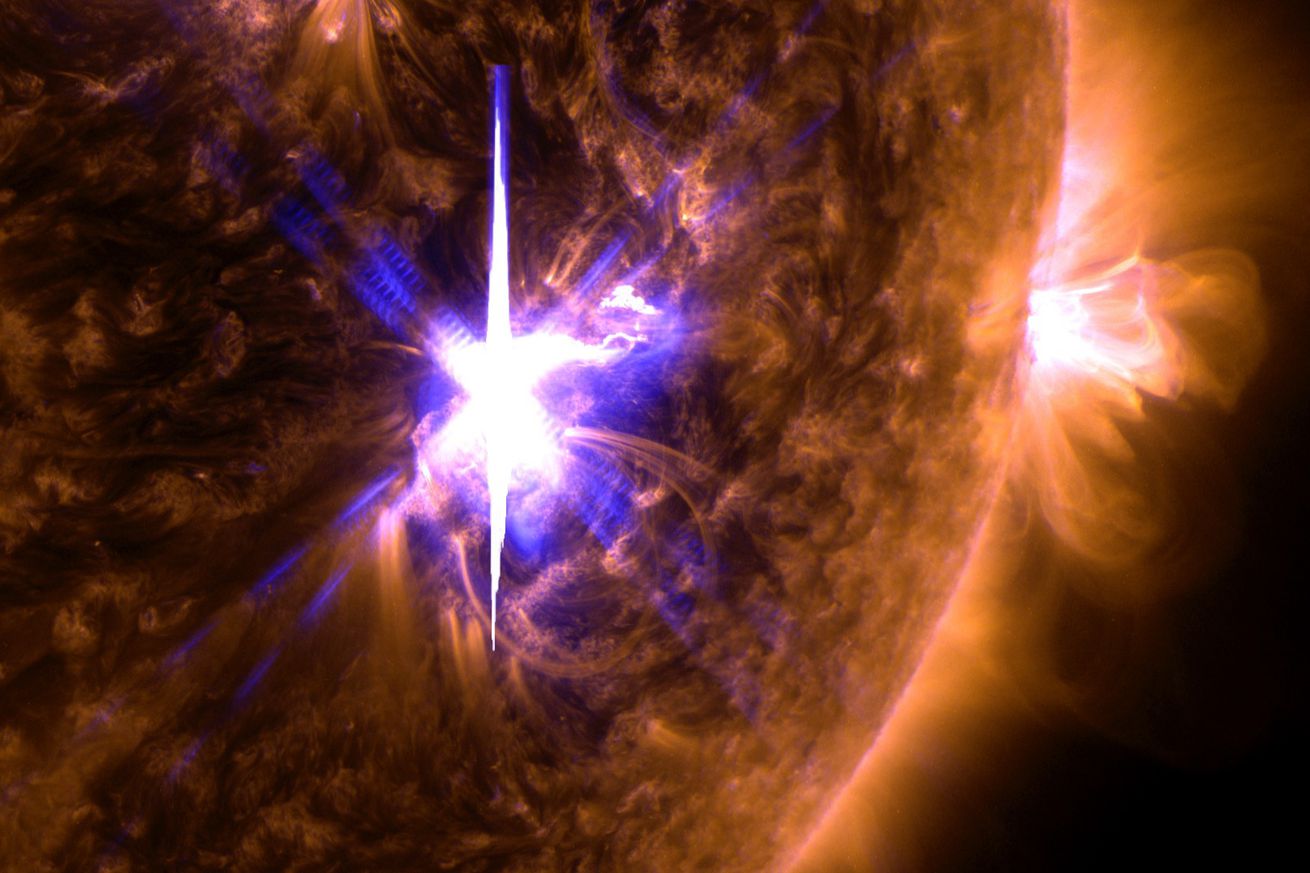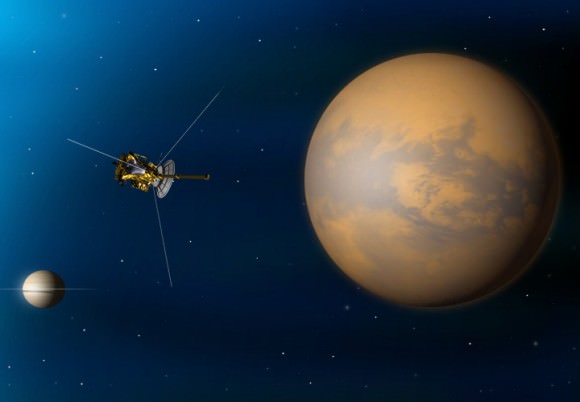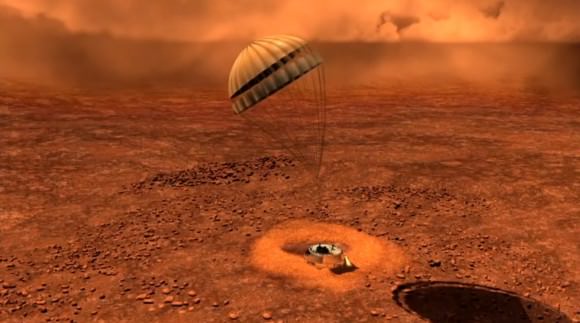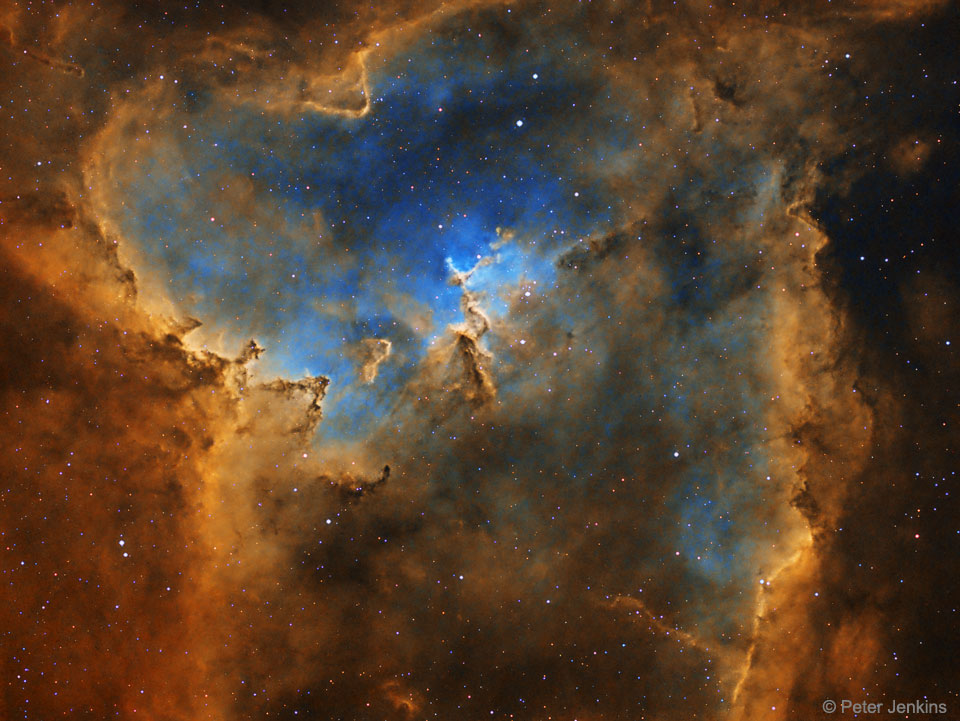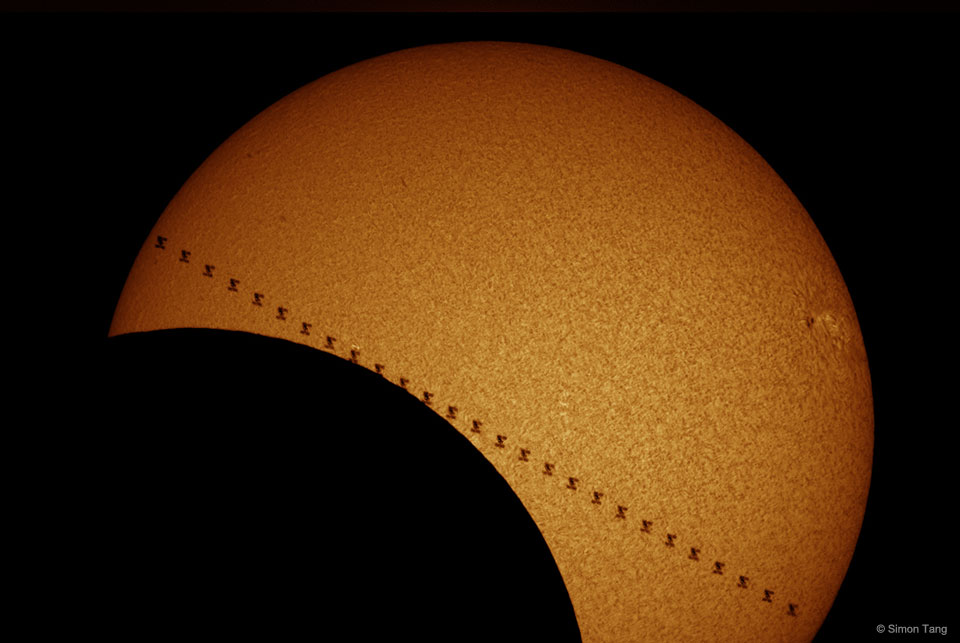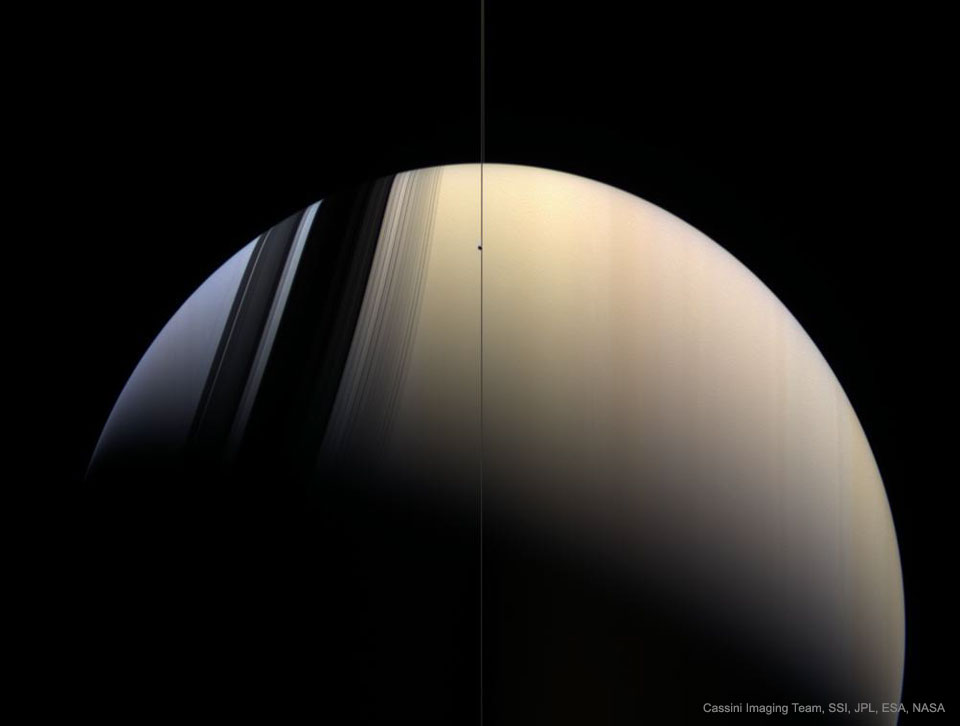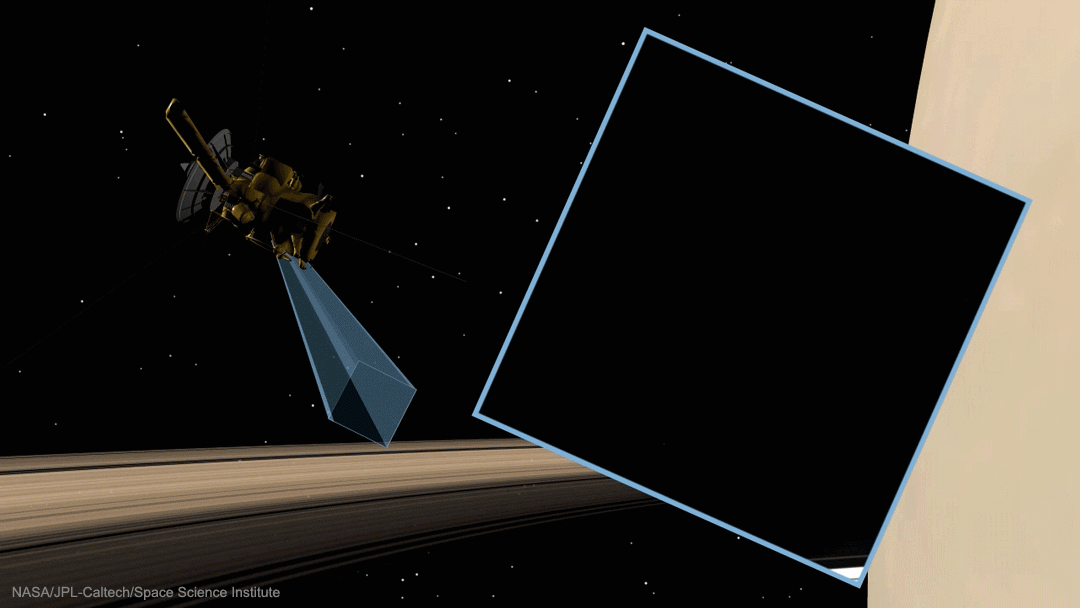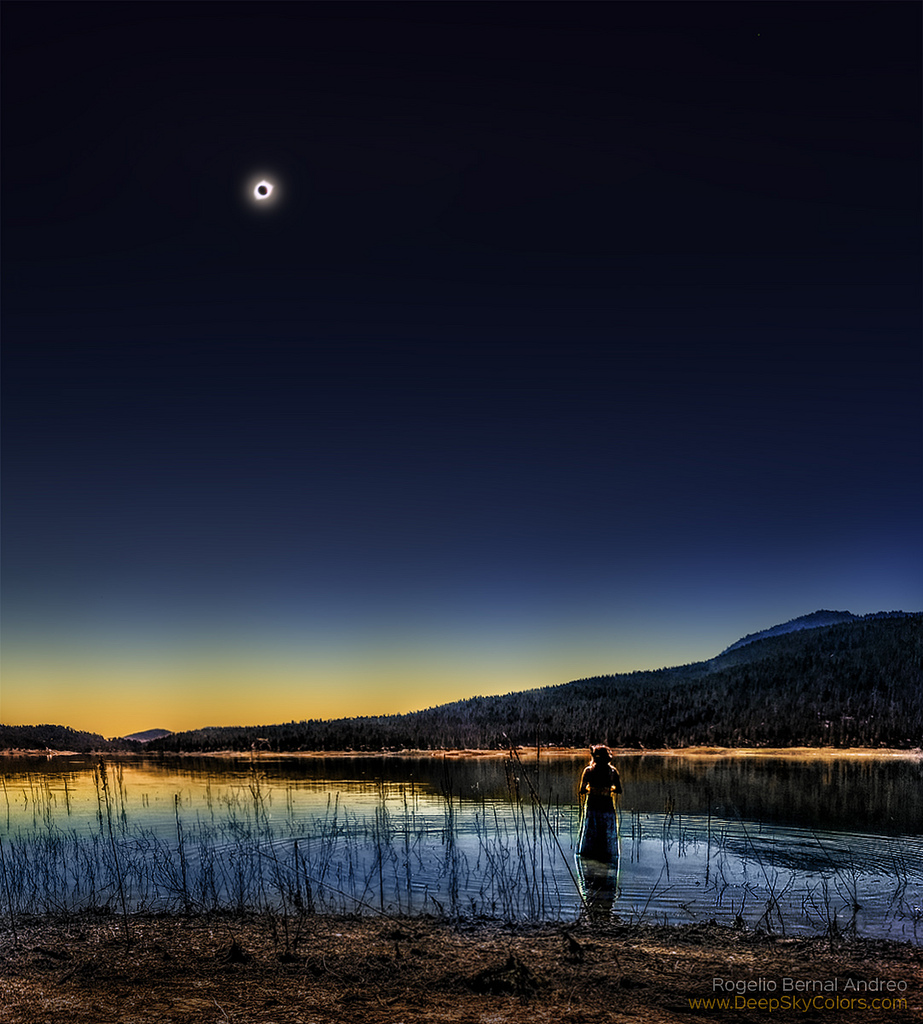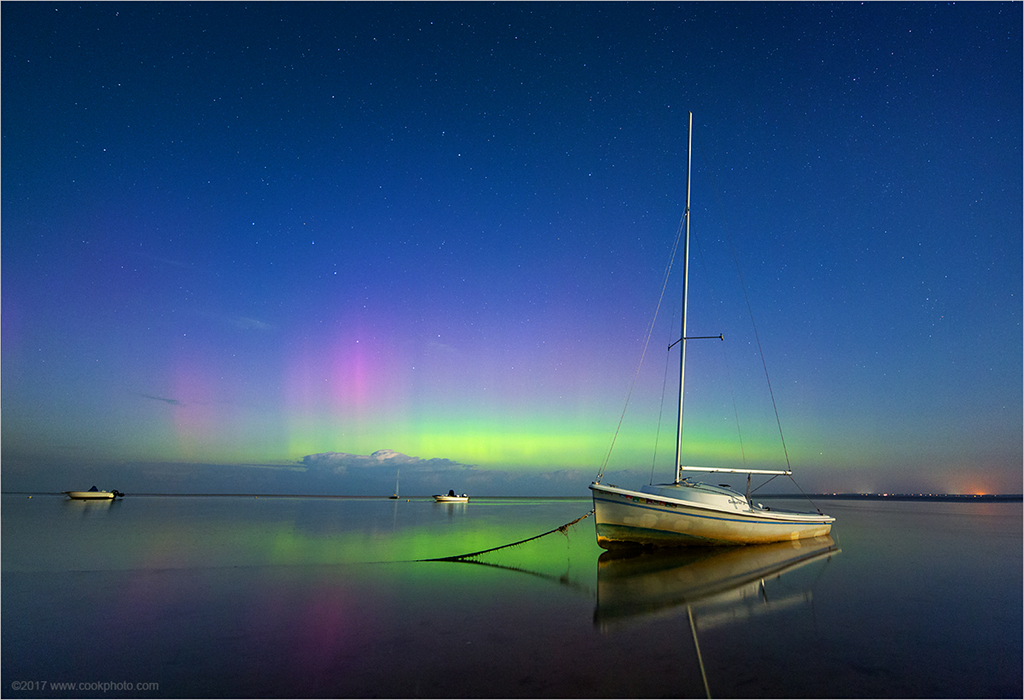CLEVELAND, Ohio — A special NASA test chamber apparatus is helping scientists explore the mysteries of Venus right here on Earth. The chamber is located at NASA’s Glenn Research Center in Cleveland, Ohio. It is hoped that this new vessel will help prepare the space agency for missions to extreme worlds.
GEER, the Glenn Extreme Environment Rig, is a high-tech pressure vessel capable of simulating the pressure, temperature, and atmospheric gas mix of Venus, or any other extreme planetary environment, for an extended period. Engineers at the NASA Glenn Research Center where GEER is housed, as well as scientists from nearby Case Western Reserve University, recently conducted a long-duration experiment in GEER that could yield important new information about the Venus environment.
A computer generated global view of Venus, centered at 180° East longitude, based on the Magellan probe’s radar mapping. (Click to enlarge) Image Credit: NASA/JPL
“This is more about planetary science than spaceflight,” Ralph Harvey, a Professor in the department of Earth Environment and Planetary Science at Case Western Reserve University, told Spaceflight Insider. “We decided GEER gives us the opportunity to do a large volume experiment […] and that we would simulate the most reactive situation I could think of between the crust of Venus and the atmosphere. And that situation is when new rock is exposed – when volcanoes spit out a bit of lava.”
Surface radar images of Venus and the resulting topographic maps show an abundance of volcanoes and lava flows on the planet’s surface. Harvey and his graduate student Brandon Radoman-Shaw, in cooperation with researchers and engineers at NASA Glenn, conceived of an experiment in which they took a suite of minerals that represent the key minerals in basaltic volcanic rocks – pyroxene, olivine, feldspars, and others – as well as some glasses, and placed them inside the GEER chamber. There, the minerals were exposed to a high-fidelity simulation of Venus’ surface conditions – not only of the physical conditions but also of the atmospheric composition as well.
“The GEER chamber is an unparalleled thing,” Harvey said. “Other people have done experiments simulating the Venus surface, but they were always limited in terms of their own technology. Often the vessel in which they simulated the Venus surface conditions was the size of a soda can or a thermos bottle. Or their experiments had been limited in terms of the temperatures or pressures they could reach.”
The GEER chamber is much larger than a soda can. It is cylindrical in shape, 3-feet (91 cm) in diameter by 4-feet (122 cm) long. The complex apparatus surrounding the pressure vessel allows researchers to carefully create and monitor the simulated pressure, temperature, and gas mix conditions at Venus’ surface.
“It is the surface and the near surface where we know the least about Venus,” Harvey said. “Yet it has clearly played a major role in how the planet has evolved. If the rock is all reacted and weathered there at the surface, that would be really important to know about as you are designing instruments and analytical techniques to study that.”
The recent 80-day experiment, as well as the previous 40-day experiment, is designed to help understand how the Venus atmosphere and fresh rock might interact. The most recent experiment is still under fresh analysis, but some upcoming research abstracts suggest some of the early implications of the experiments.
Harvey said: “What we are learning so far is that, in spite of the fact that CO2 is the greenhouse gas that everyone pays a lot of attention to, it is probably sulfur that is the real mover and shaker. We don’t see a lot of activity of carbon. In fact, it doesn’t look like CO2-bearing or carbonate minerals are very stable at all. It looks like they go away rather than form.”
The effect of CO2 on Venus has long been a topic of debate among scientists, given immediacy by the greenhouse effects of CO2 and its possible connections to climate change on Earth. The lack of new data from Venus on the subject has kept the debate alive for decades. The new data from the recent GEER experiment may add a new and unforeseen twist to the debate.
“Sulfur looks like a much bigger player than CO2,” Harvey said. “Even though the atmosphere is mostly CO2 and that’s the big greenhouse gas you read about in all the papers, sulfur is a much more active greenhouse gas, and it forms a really nasty, very reactive acid. Even though sulfur is a minor component of that atmosphere, it is a major player in how rocks on Venus interact with the atmosphere.”
The analysis of the 80-day experiment is just beginning. It will be some time before its findings are included in papers for publication. Nevertheless, Harvey already believes the experiment is likely to provide a new perspective from which to approach future studies of the Venus surface environment.
“In some ways, we’re kind of wiping the slate clean,” he said. “We’re going to figure out what reactions are more important and which ones are less important. We’re not going to be super quantitative or come up with reaction rates or describe the history of Venus hour by hour for the next billion years. However, on the other hand, it creates a new starting point for more sophisticated modeling and more experiments.”
LEFT: Kyle Phillips, NASA Glenn engineer, removes samples from GEER after they were exposed to Venus surface conditions for 80 days. RIGHT: Professor Ralph Harvey and graduate student Brandon Radoman-Shaw of Case Western Reserve University inspect mineral samples used in the 80-day simulated Venus surface environment test in the GEER chamber at NASA Glenn Research Center in Cleveland, Ohio. Photos Credit: NASA
The recent 80-day experiment would not have been possible without some significant redesigns to the systems of GEER. Simulating the 863 °F (462 °C) temperatures and the extreme atmospheric pressure 90 times that of Earth that exists at Venus’ surface is a challenge to materials and engineering.“We pretty much redesigned our entire process system, and that is everything but the GEER vessel itself,” Leah Nakely, Chemical Test Engineer and Lead Engineer for the GEER Project, told Spaceflight Insider. “All of the components, the lines, the subsystems were redesigned and checked out before the test.”
The GEER team did a materials study that was spread out over three different tests. The tests were over 10-day, 20-day, and 40-day periods. Those tests demonstrated what kind of component materials worked best to facilitate a Venus environment test, and they made their selection of component materials based on those results. The components included valves, heaters, sensors, gas mixers, flow meters, and tubing.
“So all of the components, the lines, the subsystems, were redesigned and checked out before the test,” Nakely said. “Some of the new capabilities we added were real-time gas analysis. And that’s a big one. That allows us to take gas samples directly from the GEER vessel and analyze them in just a couple of minutes, and know exactly what the gas composition is, and from there we can adjust it, add more gas, or adjust the chemical composition. That’s a big addition we made.”
That new capability was essential to extending the Venus surface condition test to an 80-day experiment. And the redesign with the severe service parts helped make that real-time gas analysis capability possible.
“Some materials that perform really well on Earth do not perform well on Venus,” Nakely said. “No one really knows what will perform well on Venus. That’s what GEER is for.”
“I can guarantee you every time we run something in GEER we see something that makes our jaws drop,” Harvey added. “Things just aren’t behaving in the way your intuition based on Earth would lead you to expect. And whether you are a scientist or an engineer, that’s always cool.”
GEER, the Glenn Extreme Environment Rig, with its chamber open prior to an experiment. A 40-day test in simulated Venus surface conditions was conducted in the chamber two years ago, and an 80-day test was completed this past July. Scientists at Case Western Reserve University in Cleveland, Ohio, exposed a number of basaltic volcanic minerals to the simulated Venus environment to observe and analyze their reaction. An experiment in GEER’s simulated Venus environment was also completed earlier this year, testing the durability of silicon carbide semiconductor circuits, which may be used in instrumentation for future missions to Venus’ surface. Photo Credit: NASA Glenn
The post NASA Glenn experiments shedding new light on Venus’ shrouded surface appeared first on SpaceFlight Insider.
